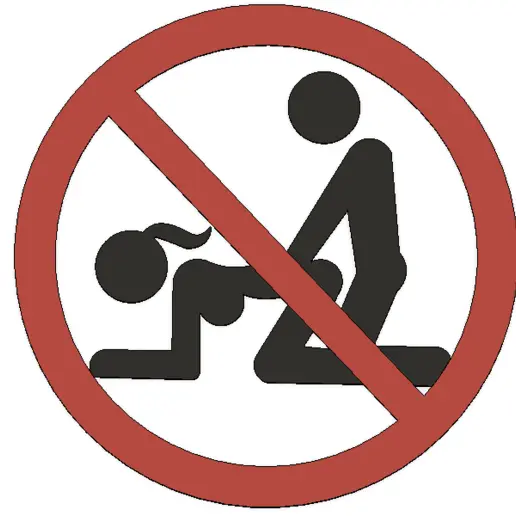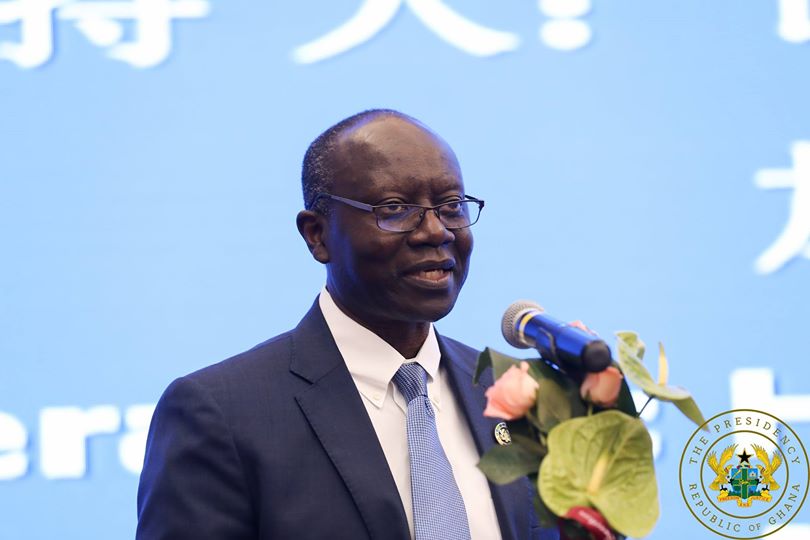Prophet Muhammad’s mosque which is called Al-Masjid an-Nabawi has been closed for the first time after 14 centuries — 1,400 years.
This comes as a precautionary measure against the spread of coronavirus.
ALSO READ : 7 SIGNS HE DOESN’T LOVE YOU ANYMORE
This new development was made known by a dedicated Islamic Twitter handle @QuranAndHadithh.
“The Prophet’s Mosque is closed for the first time in 14 centuries, since the time of the Prophet’s mission of Islam. Ya Allah please end this Corona virus Loudly crying face”, the account tweeted with a photo of some men closing doors to the Mosque.
A report on a popular news tabloid confirmed this.
“The Presidency and the security and health authorities decided to suspend the presence and prayers in the outer squares of the Grand Mosque [Masjid al-Haram] and the Prophet’s Mosque [Masjid al-Nabawi] starting tomorrow, Friday,” the country’s official SPA news agency quoted Hani bin Hosni Haider, a spokesman for the General Presidency of Mecca’s Grand Mosque and the Prophet’s Mosque in Medina, as saying.
Earlier, Saudi Arabia suspended congregational prayers in other mosques in the country except for Masjid al-Haram and Masjid al-Nabawi.
The number of confirmed cases of the virus in the country totals 274.
About Al-Masjid an-Nabawi
Al-Masjid an-Nabawī (English: Prophetic Mosque, Arabic: ٱلْمَسْجِد ٱلنَّبَوِي) is a mosque established and built by the Islamic prophet Muhammad, situated in the city of Medina in the Hejaz region of Saudi Arabia.
It was one of the first mosques built by Muhammad, and is now one of the largest mosques in the world. It is the second-holiest site in Islam, after the Great Mosque in Mecca.[3] It is always open, regardless of date or time.
The site was originally adjacent to Muhammad’s house; he settled there after his migration from Mecca to Medina in 622.
He shared in the heavy work of construction. The original mosque was an open-air building.
The mosque served as a community center, a court, and a religious school.
There was a raised platform for the people who taught the Quran. Subsequent Islamic rulers greatly expanded and decorated it.
In 1909, it became the first place in the Arabian Peninsula to be provided with electrical lights.[4] The mosque is under the control of the Custodian of the Two Holy Mosques.
The mosque is located in what was traditionally the center of Medina, with many hotels and old markets nearby. It is a major pilgrimage site.
Many pilgrims who perform the Hajj go on to Medina to visit the mosque, due to its connection to Muhammad.
References





















